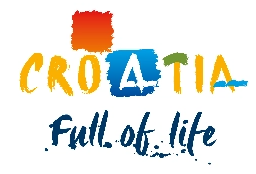


.jpg&w=3840&q=75)


Oenology/Gastronomy/Agriculture
Agriculture is as important as tourism in Motovun. Owing to a specific microclimate and exceptional soil properties, numerous small businesses and family farms tackle winegrowing, cultivate fresh fruit and vegetables, produce olive oil, various types of liqueurs and brandy, natural juices, honey and other produce. Also, the Motovun Forest takes pride in being the largest habitat of the white truffle (Tuber Magnatum Pico), which lends a magical twist to local groceries and cuisine. Tourism and local agricultural production in the Motovun area go hand in hand as far as produce placement is concerned.
Gastronomy – the regional gastronomy is based on Istria’s authentic cuisine, and what gives it a special touch is the highly appraised white truffle from the Motovun Forest, with almost equally exquisite black truffles being on the menu throughout the year. Istrian prosciutto, Istrian maneštra soup, various kinds of pasta (spindle-like fuži, gnocchi, hand-rolled pljukanci) with authentic sauces made of wild herbs or with venison stew, cured pork loin and sausages with sauerkraut, and asparagus or truffle frittata are only some of the most popular homemade specialities served across the restaurants that offer an idyllic ambiance and stunning vistas.
Oenology
Motovun takes pride in being one of the most popular wine micro-destinations known for its great wines with a unique terroir, not to mention the optimum exposure and minerality, owing to a combination of white soil and significant temperature differences.
The European Cultural Tourism Network named Motovun the second-best European destination for sustainable cultural tourism in the Wine Tourism category in 2019, placing it in-between two prestigious French wine destinations.
Agriculture
Motovun (or to be precise Kaldir and its surroundings) is among Istria’s most renowned fruit growing areas that yields more than 70% of fresh fruit on the peninsula level. Local producers boast delicacies made according to traditional recipes, with a lot of passion and hard work invested. The Mediterranean varieties most widely grown in this area include cherries, figs and olives, while the continental ones include apples, peaches, apricots, pears and plums. As for other crops, hemp is grown in the fields of the Sveti Bartol area, where there is also the largest hemp processing plant in Istria.


Destinations
Additional Information


©2026 Colours of Istria. All rights reserved. No part of this site may be reproduced without our written permission.

















.jpg&w=3840&q=75)






